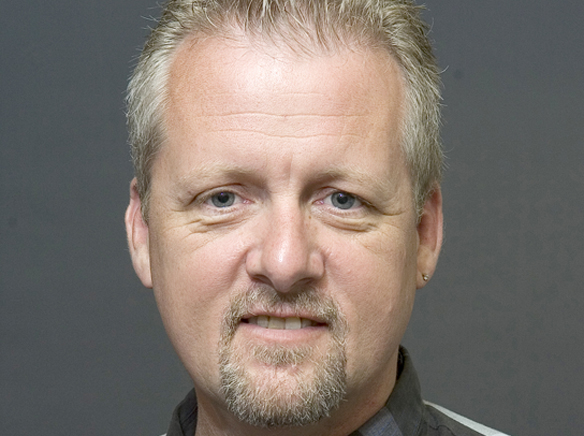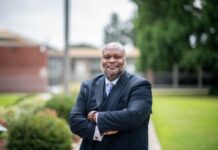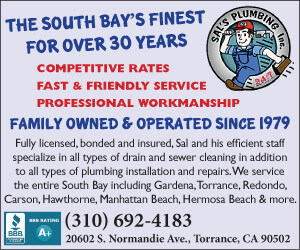I left Los Angeles at the age of 10, and moved back after a 15-year hiatus. That second era of L.A. living demonstrated the city of my childhood was no more.
Where once there were small areas of open land, everything had been built on. The town was teeming with more people than ever. Thus, the competition for space—a place to live or work or recreate— was far more intense than when I was a boy. Nowhere was this phenomenon more striking than on the road.
I left Los Angeles at the age of 10, and moved back after a 15-year hiatus. That second era of L.A. living demonstrated the city of my childhood was no more.
Where once there were small areas of open land, everything had been built on. The town was teeming with more people than ever. Thus, the competition for space—a place to live or work or recreate— was far more intense than when I was a boy. Nowhere was this phenomenon more striking than on the road.
Seemed like most any time of L.A. day, you could be stuck in traffic. There was something supremely frustrating about being one of too many vehicles on one of the world’s greatest highway systems. What's the use of having half a dozen lanes pointed in your direction if your forward progress is reduced to stop-and-go?
Who are all these people, I would wonder, and why did they insist on getting in my way and slowing me down?
Actually, the SoCal driving experience helped me whenever traffic flow got bad somewhere else. No matter how extreme the killer snarl, I’d think smugly to myself, this wasn’t so bad; I’d seen far worse in Los Angeles. And for a long time, this truth was comforting.
Unfortunately, the problem has spread. Now, most everywhere you go, there are a few too many people trying to go there with you.
I recently drove some 650 miles south and back, motoring through towns large and small. In Cincinnati, the 28th largest city in the US, one might expect tough traffic conditions where the aging interstate snakes through downtown’s buildings and motorists endure seemingly perpetual construction zone upgrades.
Comparatively tiny Toledo, ranking 67th in U.S. size, managed to throw one hell of a traffic jam as I tried to rush past it at rush hour. And that was while on the interstate bypass, not through the city.
I stayed a couple of days in Asheville, N.C., where a mere 84,000 people live. Still, it seemed as though most of the local population was hitting the road just as I got behind the wheel.
Even the modestly proportioned college town where I reside gets socked-in morning and afternoon by enough cars and trucks to make average road speeds plummet and blood pressures rise.
Futurists tell us traffic congestion will be a thing of the past in a few years when web-connected, self-driving vehicles fill the highways. I look forward to that, but given the growing populations of our urban centers, I fear that the only way it will happen is if our computer-piloted chariots are programmed to stay the heck off of the road when too many of their kind are already there.
In the meantime, I continue to ponder timeless questions: who are all you people, and why do you insist on clogging up the road and slowing me down?
Pat Grimes, a former South Bay resident, writes from Ypsilanti, Mich. He can be reached at pgwriter@inbox.com



















